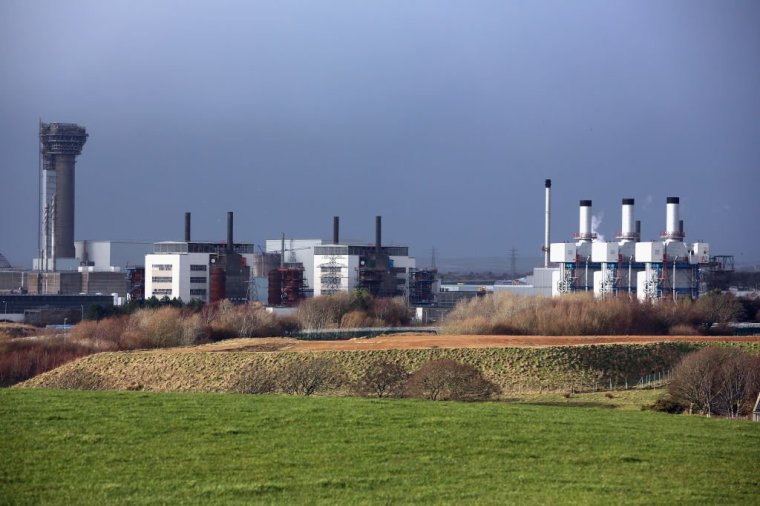Sellafield has denied reports that its IT networks have been attacked by cyber groups linked to Russia and China.
An investigation by The Guardian revealed alleged security breaches dating to 2015, which it says were not reported to regulators for “several years”.
The year-long investigation, entitled “Nuclear Leaks”, said sleeper malware, which can be used to spy on or attack systems, had been embedded in the networks and could still be there.
A statement from Sellafield Ltd, which runs the site under the control of the Government-run Nuclear Decommissioning Authority, denied the claims, however, stating it had “no records or evidence” that its networks had been “successfully attacked by state actors” as outlined in the report.
“Our monitoring systems are robust and we have a high degree of confidence that no such malware exists on our system,” it said.
“We take cyber security extremely seriously at Sellafield. All of our systems and servers have multiple layers of protection.
“Critical networks that enable us to operate safely are isolated from our general IT network, meaning an attack on our IT system would not penetrate these.”
As well as accusing Sellafield of failing to contain numerous threats, the report also claims there are growing physical cracks in its “most” hazardous facility.
What is Sellafield?

Sellafield is one of Europe’s biggest nuclear sites.
It is home to 80 per cent of the UK’s nuclear waste and some of the world’s most hazardous buildings.
Previously known as Windscale, the huge industrial site dates to 1947, when it was opened with a single mission: the production of plutonium, a radioactive chemical element for use in Britain’s nuclear weapons.
Since then, its primary activities are the processing, storage and decommissioning of nuclear waste.
The site covers an area of around two square miles, employs around 11,000 people to operate the site, runs 24 hours a day, seven days a week, 365 days a year, and is home to four of the biggest nuclear risks and hazards in Europe.
Sellafield is also home to the most diverse range of nuclear facilities in the world on a single site.
According to a Government blog, the site “presents one of the most significant environmental remediation challenges in Europe”.
Where is Sellafield?
Encircled by miles of fencing, and with armed guards at its gates, Sellafield is located in a remote part of north-west England close to Seascale on the Cumbrian coast, around 50 miles southwest of Carlisle.
The site was used to support national defence thanks to its years as a munitions factory during the Second World War.
What did the Guardian report say about Sellafield?
In addition to concerns regarding cybersecurity at the plant by groups linked to Russia and China, the report says concerns over safety at the crumbling building, plus fissures in a reservoir of toxic sludge known as B30, have “caused diplomatic tensions with countries including the US, Norway and Ireland” which fear Sellafield is failing to address the problems.
“The leak of radioactive liquid from one of the “highest nuclear hazards in the UK” – a decaying building at the vast Cumbrian site known as the Magnox Swarf Storage Silo (MSSS) – is likely to continue to 2050,” the report states.
“That could have ‘potentially significant consequences’ if it gathers pace, risking contaminating groundwater, according to an official document.”
The report also quotes sources at the Office for Nuclear Regulation (ONR) as saying that Sellafield was placed into “special measures” last year over cybersecurity failings.
A 2022 report by i found that four nuclear safety incidents were reported to ministers in 2021, including a fire at Sellafield.
What has the Government said?
A spokesperson for Prime Minister Rishi Sunak insisted that public safety had not been compromised.
They said: “The regulators have reassured the Government that public safety is not compromised at Sellafield and the public should be reassured of that.
“The National Cyber Security Centre has warned of the cyber threat to our critical national infrastructure for some time. That’s why we’ve worked closely with UK businesses, organisations to improve cybersecurity and resilience across a range of sectors.”
Ed Miliband, shadow Secretary of State for Energy Security and Net Zero, told the paper the report is “very concerning“ and needs to be “treated with the utmost seriousness” by the Government.



Jimmy Carter was right about Israel